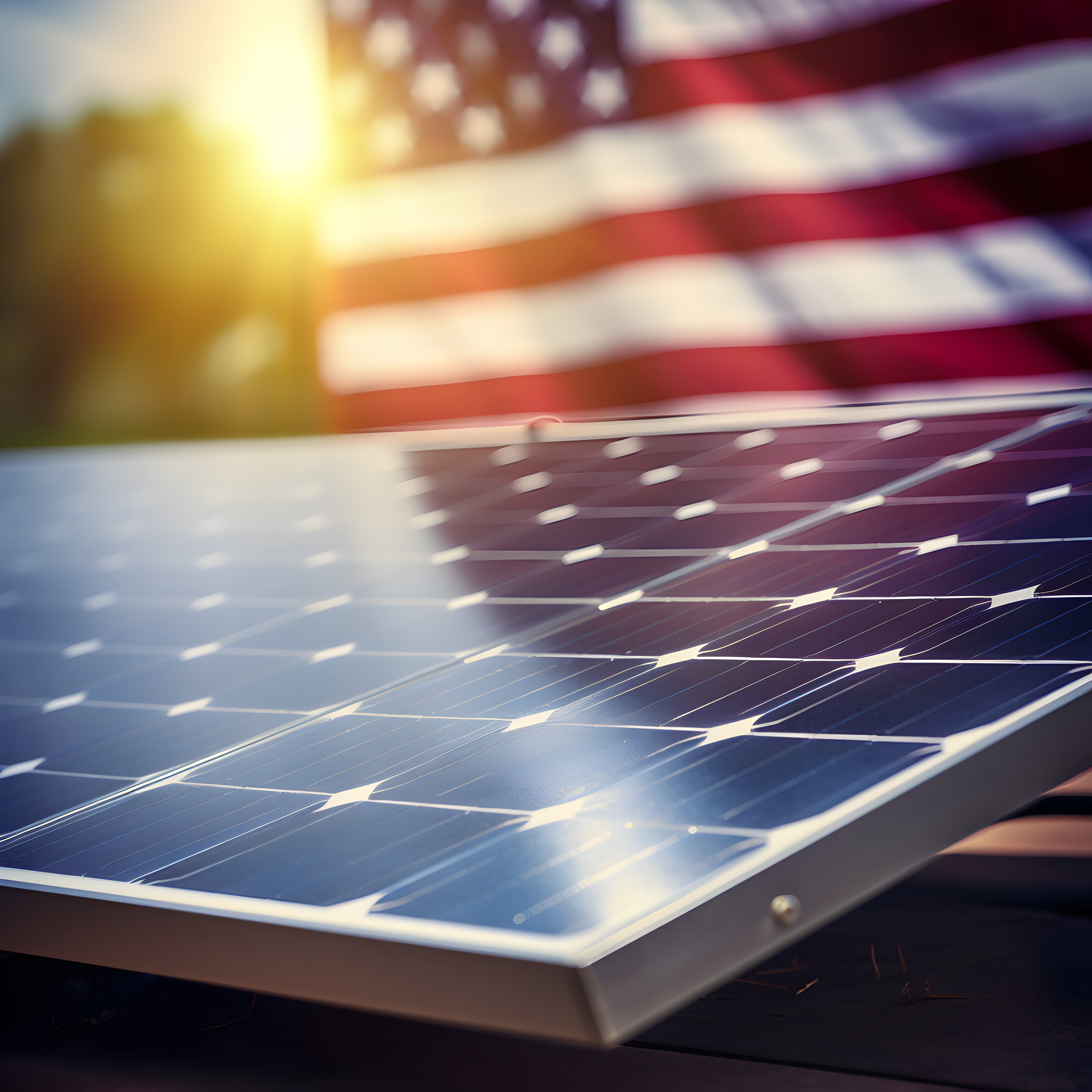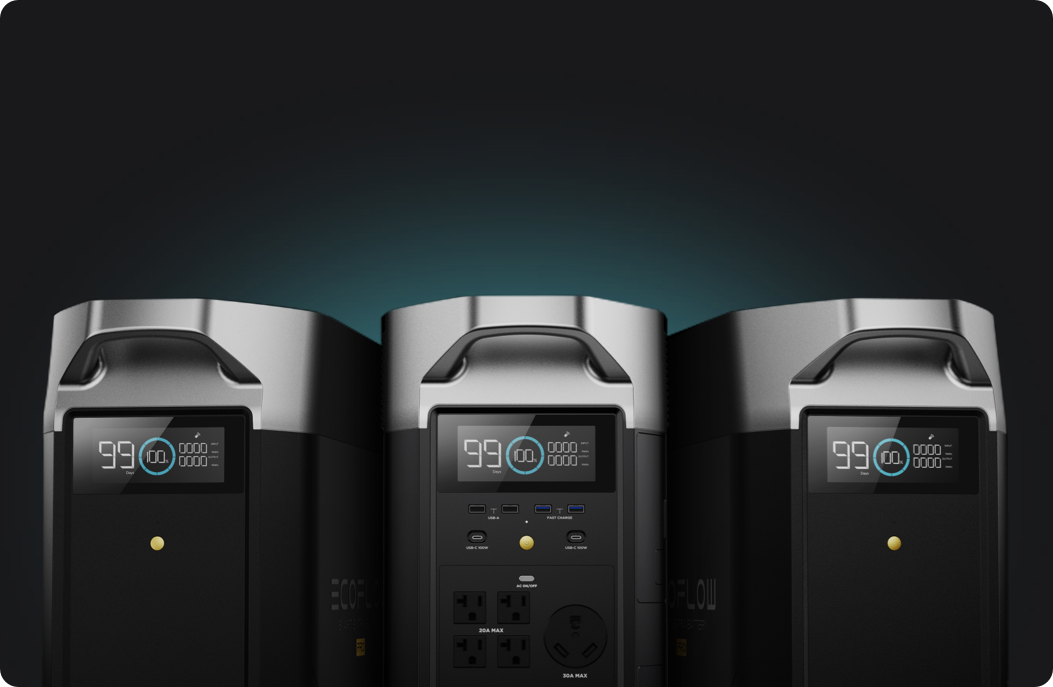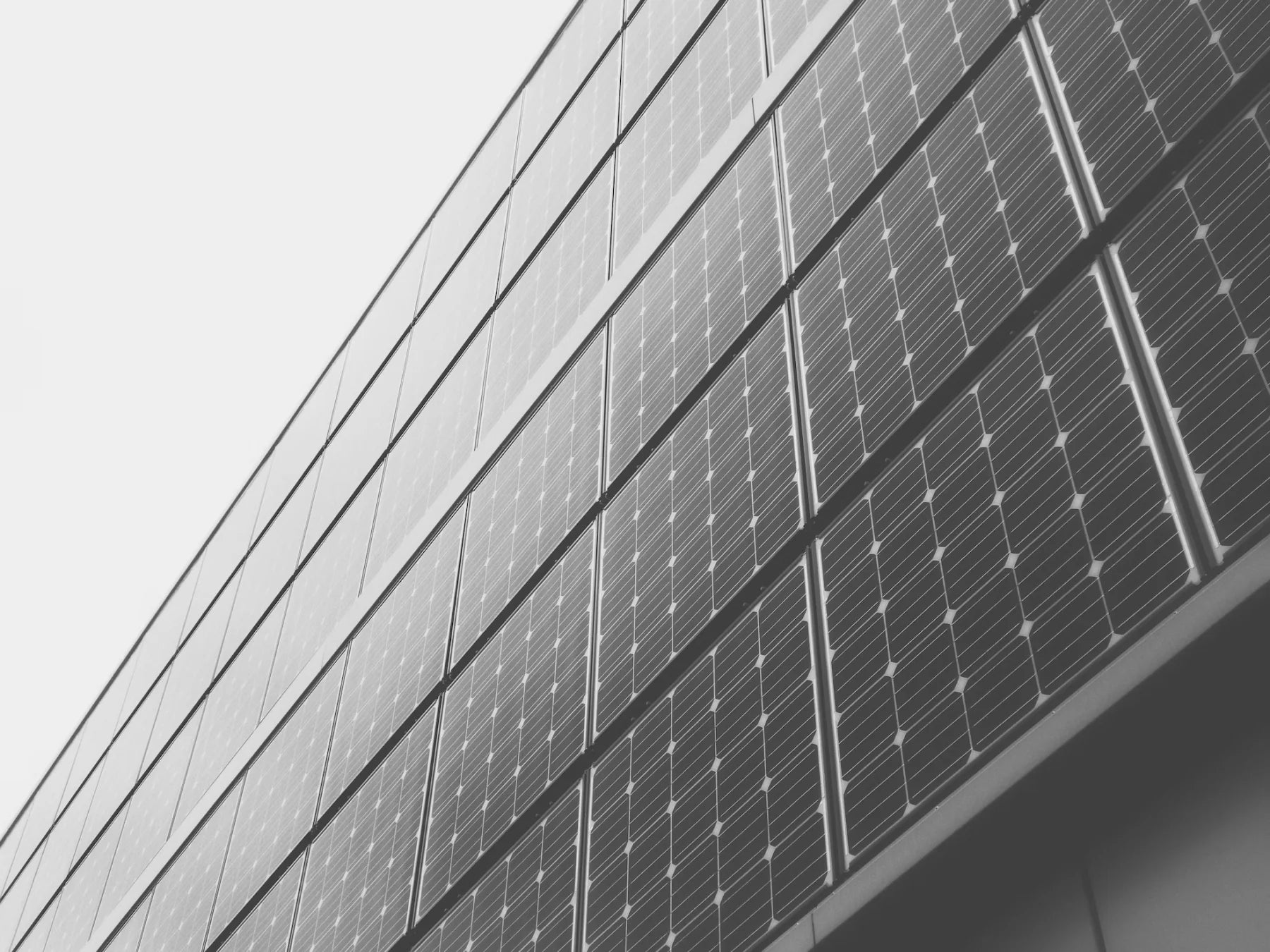Before you dive into purchasing solar panels, it's crucial to know how to size your solar system. Think of it like planning a road trip—you wouldn't set out without knowing your route and how much fuel you'll need.
Similarly, sizing your solar system means understanding how much energy you use and how many panels you'll need to generate that energy. It helps you avoid buying too many or too few panels, which could either waste money or fall short of your energy needs.
Plus, having a well-sized system ensures that you can fit everything properly on your roof or in your yard, leading to better efficiency and savings in the long run. By doing a bit of homework upfront, you'll be ready to go the DIY route or communicate more effectively with your solar installer.

The Basic Components of a Solar Panel System
When we talk about sizing a system, it's just the size and wattage of solar panels that need to be taken into account. A full solar PV system is an ecosystem of technology, each with different efficiency ratings, capacities, and compatabilities. (US Solar Supplier can advise about the latter).
Here are the basics:
Solar Panels
Solar panels are the heart of a solar power system. Comprised of numerous solar cells, these panels capture sunlight and convert it into direct current (DC) electricity. Typically installed on rooftops or in open areas with optimal sun exposure, solar panels are integral to harnessing solar energy.
Inverter
Since most household appliances and the electrical grid operate on alternating current (AC) electricity, the inverter is essential. It converts the DC electricity generated by the solar panels into AC electricity, making it usable for home consumption or feeding back into the grid. It's size needs to match the input from your panels and the energy needs of your home or business.
Battery Storage
Batteries play a crucial role in storing excess electricity produced by the solar panels. This stored energy is available for use during times when the panels aren't generating electricity, such as at night or on cloudy days, ensuring a steady power supply. These are also sized accordingly.
Monitoring System
A monitoring system keeps track of the solar panel system's performance. This can involve an app or data synced to a digital platform, allowing homeowners to monitor energy production, usage, and maintenance needs.

The Solar Sizing Equation
There are ways to get a broad overview of your wattage needs, and then there are more complex equations. Let's take a look at how installers approach system sizing first.
Load Consumption
Energy load consumption refers to the total amount of electrical energy used by all the devices and appliances in your home or business. It is typically measured in kilowatt-hours (kWh), indicating how much power is consumed over a specific period.
Load Wattages x Hours = Watt-Hours
Panels Required
Watt-Hours/Peak Solar Hours = Watts
Watts/Controller efficiency = Watts
Watts/Inverter Efficiency = Final Watts
Battery Size
Watt-Hours/Battery Voltage * 2 = Amp-Hours
Inverter Size
Inverter Size > Load Wattages

Image: ResearchGate
For example:
You want to know the load for a TV, fridge, and coffee maker. (See typical loads of other appliances here.)
- The TV will need 125 Watts and run for 4 hours per day.
- The Fridge will need 700 Watts and run on a cycle (8 hours per day).
- The Coffee maker will need 1500 Watts and run for 30 minutes a day.
Total load consumption:
- TV Consumption: 125 Watts x 4 Hours = 500 Watt-Hours
- Fridge Consumption: 700 Watts x 8 Hours = 5600 Watt-Hours
- Coffee Maker: 1500 Watts x 0.5 Hours = 750 Watt-Hours
Total Watt-Hours = 500 + 5600 + 750 = 6850 Watt-Hours

How Many Panels: Sizing Your System
After you've assessed your consumption needs, you can apply this to how many panels will meet that need.
In this example we will be located in Kentucky which has up to 4 Peak Hours a day on average. Check your state here.
The Required Power of Solar Panel = 6850 Watt-Hours/4 Hours = 1712.15 Watts.
To miniminze loss, you'll want to use the MPPT Controller since this is a high wattage system. You'll pair this with an inverter because the appliances run on AC.
Required Power of Solar Panel (considering controller and inverter loss) = 1712.15 Watts / 0.94 / 0.9 = 2023.82 Watts
You'll need at least 2023.82 Watts of final capacity for your panels.
Other factors in determining the number of panels required involves assessing multiple factors:
- Energy Consumption and Sunlight: Your energy usage, in kWh, will be assessed using your utility bills or home energy monitor.
- Efficiency Rates: The efficiency of the selected solar panels affects the number needed. Higher efficiency panels produce more electricity per square foot, potentially decreasing the total number of panels.
- Available Space: Measure the available roof or ground area to ensure it can accommodate the required number of panels, considering different configurations and panel sizes to optimize output.
General Assessment of Energy Requirements
If you're not ready to get so detailed in your wattage needs, there are other more general ways of assessing your system size.
Reviewing Electricity Bills
Begin by examining your electricity bills from the past year to understand your monthly and annual energy consumption patterns. Noting any seasonal variations will assist in determining the size of the solar system you'll need.

Image: Google's Project Sunroof
Calculating Your Energy Use
A solar specialist can help calculate your average daily energy use in kilowatt-hours (kWh). This calculation helps in accurately sizing your solar panel system to offset a significant portion or all of your energy needs. To find this value, divide your annual kWh usage by 365 days.

Using a Solar Calculator
Utilize a solar calculator by entering your home address and province to get an estimate of the required system capacity, optimal panel location, and angle. Google's Project Sunroof offers a great general tool to assess your solar exposure.
Conducting a Site Assessment
Roof Condition and Space Availability
The longevity of solar panels, which can be up to 25 years, makes the condition of your roof crucial. Ensure your roof is in good condition to avoid future removal and reinstallation. A solar specialist will also confirm there is enough unobstructed space to install the necessary panels.
Sun Exposure and Shading
Different regions receive varying sunlight levels daily, with seasonal changes also affecting solar efficiency. Conduct a shading analysis to spot potential obstructions, such as trees, chimneys, or nearby buildings, that could cast shadows on the panels and reduce their effectiveness meaning you'll need more panels or a system optimized for tracking.
Find Energy Freedom with US Solar Supplier
Now that you know how to size your system, it's time to contact an expert to help you design the solar PV system to suit your needs.
Contact US Solar Supplier for a free consultation and quote.







